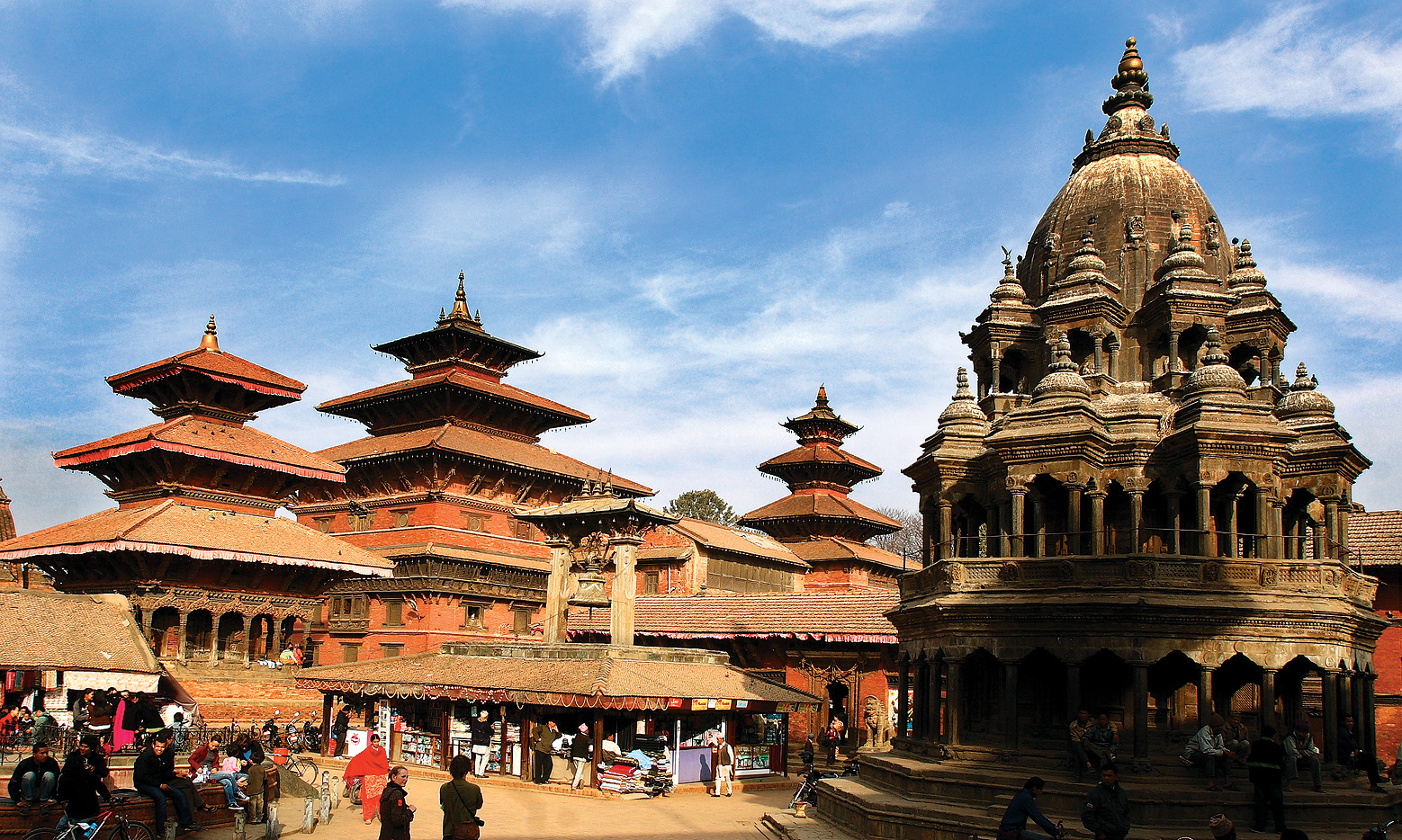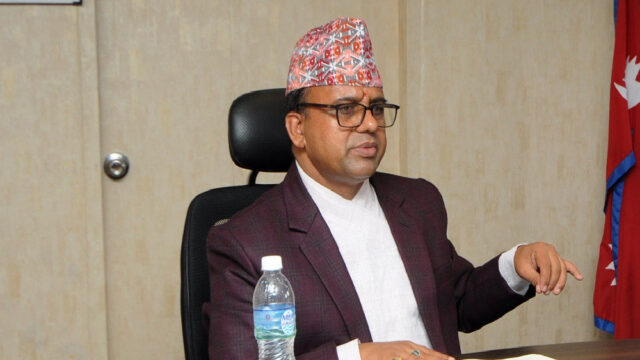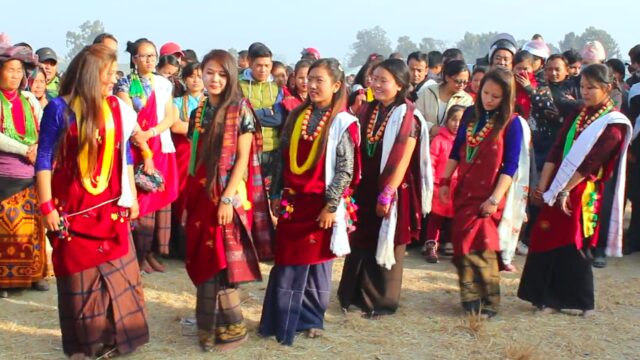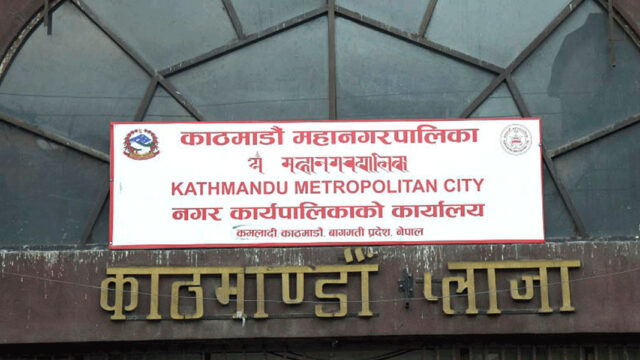Patan Durbar Square, located in the heart of Lalitpur, Nepal, stands as a testament to the rich cultural heritage and architectural brilliance of the Malla period. This UNESCO World Heritage Site is a major tourist attraction, drawing visitors from around the globe to marvel at its intricate craftsmanship and historical significance. The square is home to a stunning array of temples, palaces, and courtyards, each showcasing the exquisite artistry of Newar architecture. The central highlight, the ancient Royal Palace, now houses a museum displaying an extensive collection of traditional art, crafts, and historical artifacts.
Tourists visiting Patan Durbar Square can immerse themselves in the vibrant history and culture of Nepal. The area is bustling with local artisans, craft shops, and eateries offering traditional Nepali cuisine, providing a rich sensory experience. Festivals and cultural events held at the square throughout the year add to its allure, giving visitors a glimpse into the local traditions and customs. Moreover, the proximity of Patan Durbar Square to other heritage sites in the Kathmandu Valley makes it an essential part of any travel itinerary in Nepal.
The architectural splendor of Patan Durbar Square is a major draw for architecture enthusiasts and photographers. The square is adorned with intricately carved wooden windows, stone sculptures, and magnificent pagoda-style temples, such as the Krishna Mandir and the Bhimsen Temple. These structures not only reflect the artistic zenith of the Malla dynasty but also serve as a reminder of the region’s historical and religious significance.
In recent years, efforts have been made to preserve and restore the heritage of Patan Durbar Square, ensuring that it remains a cornerstone of Nepali tourism. The site’s significance is further highlighted by its inclusion in various cultural tours and heritage walks, which offer detailed insights into the history and architecture of the square. As a result, Patan Durbar Square continues to enchant and educate visitors, solidifying its status as a must-visit destination for anyone exploring Nepal’s rich cultural landscape.






